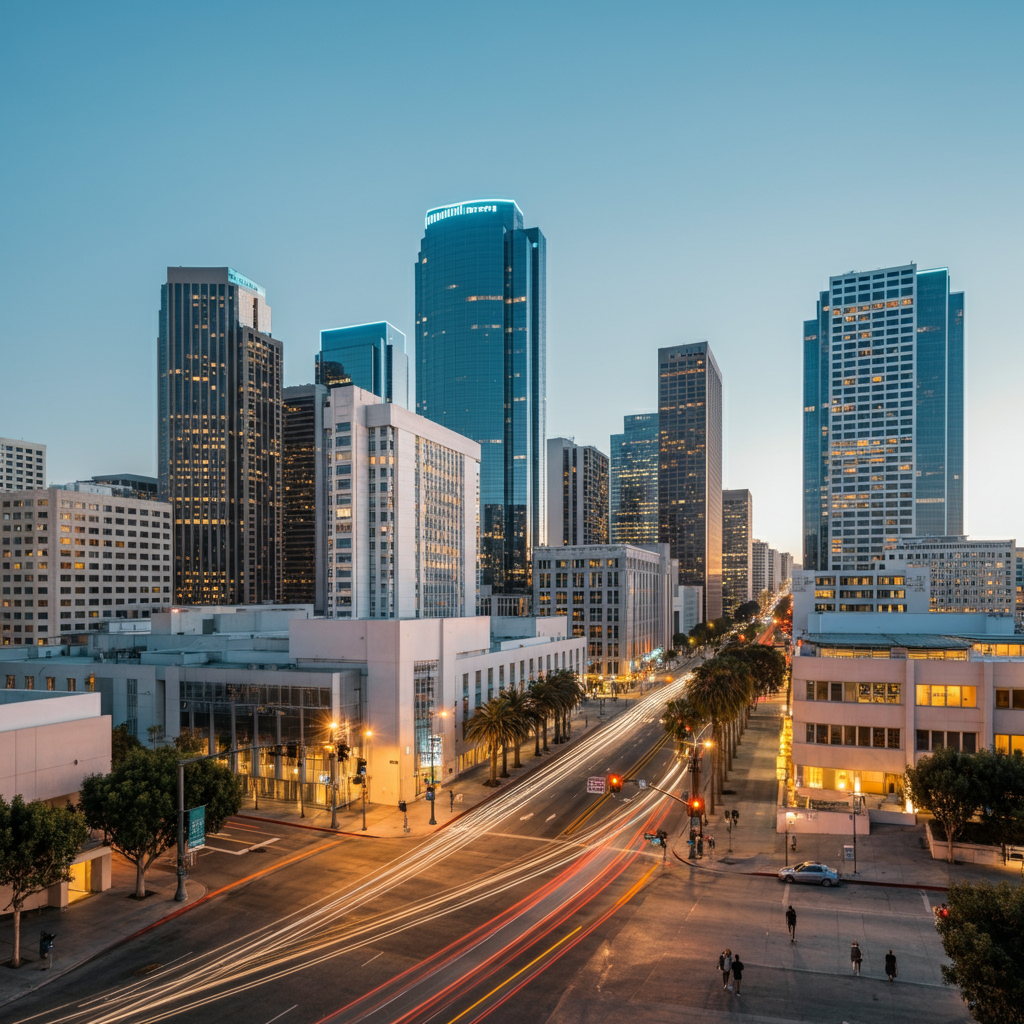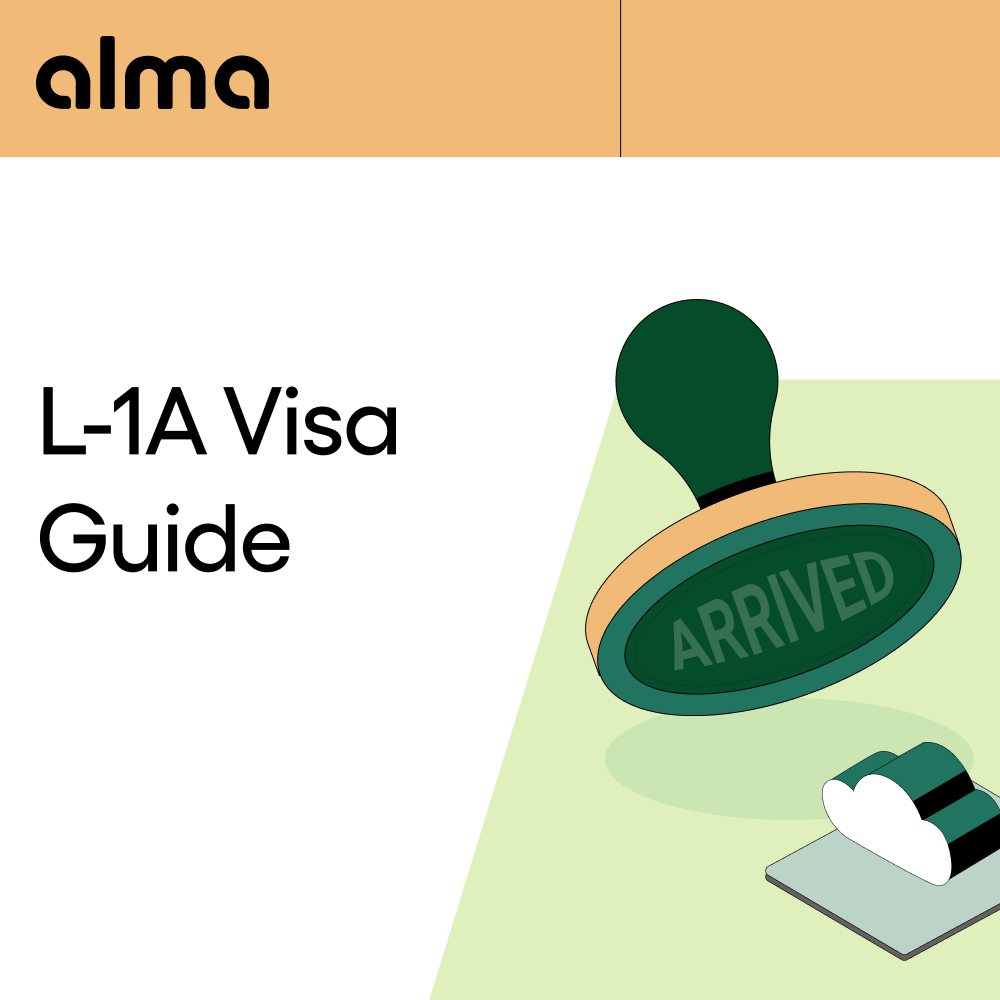- Parag Agrawal followed the standard STEM professional pathway: F-1 student visa for his Stanford PhD, Optional Practical Training work authorization, employer-sponsored H-1B visa, and likely EB-1 or EB-2 employment-based green card
- In fiscal year 2023, H-1B visa statistics showed Indian nationals received the majority of H-1B approvals, making this the primary pathway for tech professionals from India
- 66% of top AI startups have at least one immigrant founder, demonstrating the innovation contributions of skilled immigration
Parag Agrawal's journey from Ajmer, India to becoming Twitter's CEO represents the classic high-skilled immigration pathway that hundreds of thousands follow annually—F-1 student visa to H-1B work authorization to employment-based green card. His trajectory from IIT Bombay graduate to Stanford PhD to Silicon Valley leadership demonstrates how individual immigration services enable exceptional talent to contribute to American innovation.
Who Is Parag Agrawal? From Mumbai to Silicon Valley Leadership
Born in 1984 in Ajmer, Rajasthan, Parag Agrawal demonstrated exceptional academic talent early, winning a gold medal at the 2001 International Physics Olympiad. He graduated from the prestigious Indian Institute of Technology Bombay in 2005 with a BTech in Computer Science and Engineering before pursuing graduate studies in the United States.
At Stanford University, Agrawal completed both a master's degree and PhD in computer science, with his doctoral thesis published in 2012 titled "Incorporating Uncertainty in Data Management and Integration." This educational foundation—from elite Indian engineering school to top-tier American research university—represents a common trajectory for highly skilled immigrants who later achieve leadership positions in technology.
Career Trajectory at Twitter Before CEO Role
Agrawal joined Twitter as a software engineer in 2011, shortly after completing his PhD. Over the following decade, he rose through technical leadership positions, becoming Chief Technology Officer before Jack Dorsey appointed him CEO in November 2021. His tenure as CEO lasted less than a year—Elon Musk acquired Twitter in October 2022 and immediately dismissed Agrawal along with other senior executives.
The Immigration Pathway: How Parag Agrawal Came to America
While specific details about Agrawal's visa timeline remain private, his journey almost certainly followed the standard pathway for STEM professionals from India. This multi-stage process begins with the F-1 student visa, which the U.S. Department of State requires for foreign nationals pursuing academic studies at American universities.
Student Visa to Work Authorization: The Typical STEM Pathway
The F-1 student visa allows international students to remain in the United States for the duration of their academic program plus a 60-day grace period. During their studies, F-1 students may be eligible for Optional Practical Training (OPT), which provides temporary employment authorization for up to 12 months of work directly related to their field of study.
STEM degree holders like Agrawal qualify for an additional 24-month extension, totaling up to 36 months of work authorization. This window proved critical—Agrawal joined Twitter in 2011, likely utilizing OPT before transitioning to H-1B status.
The numbers tell the story of this pathway's importance: 268,923 Indian students studied in the United States during academic year 2022-23, representing more than 25% of all international students. Graduate student numbers rose 63% to 165,936, making India the largest source of international graduate students for the first time since 2009-10.
Employer Sponsorship and Green Card Process
Following H-1B status, successful professionals pursue employment-based green cards for permanent residence. The process requires:
- PERM Labor Certification: Employer demonstrates no qualified U.S. workers available
- Form I-140: Immigrant petition establishing employee eligibility
- Priority date wait: Can extend 12+ years for Indian nationals in EB-2/EB-3 categories
- Adjustment of Status: Final green card processing after priority date becomes current
With his exceptional credentials—Stanford PhD, leadership at a major tech company—Agrawal likely qualified for EB-1 (extraordinary ability) or EB-2 National Interest Waiver categories that avoid labor certification and have shorter wait times.
Alma's individual immigration services provide expert attorney support for this exact pathway, offering EB-1 and EB-2 NIW petitions for $10,000 ($7,000 with an approved O-1) with a guaranteed two-week document processing turnaround and 99%+ approval rate.
The H-1B Visa: Gateway for Immigrant Tech Professionals
The H-1B specialty occupation visa enables U.S. employers to temporarily employ foreign workers in positions requiring specialized knowledge. According to U.S. immigration law, the position must require theoretical and practical application of a body of highly specialized knowledge and attainment of a bachelor's degree or higher in the specific specialty.
The visa operates on an annual cap system with 85,000 available—65,000 for the general category plus 20,000 for those with U.S. advanced degrees. Demand typically far exceeds supply, requiring a lottery selection process during the March 1-20 registration period each year.
H-1B Lottery Process and Selection Odds
The numbers reveal the competition's intensity: In fiscal year 2023, H-1B visa statistics showed Indian nationals received the majority of H-1B approvals, making this pathway the primary bridge from student to professional status for tech workers from India.
Maintaining Status and Extensions
The H-1B is initially granted for three years and can be extended for up to six years total, though extensions beyond six years are possible for those with approved green card petitions. H-1B workers are authorized to work for the petitioning employer during the validity of their approved H-1B petition and must report employment and address changes within 10 days.
For companies managing H-1B sponsorships, Alma offers H-1B lottery registration for $500, cap/cap-exempt filing for $3,500, and extensions for $3,000 with transparent pricing and compliance tracking through a dedicated platform.
Employment-Based Green Cards: The Path to Permanent Residency
According to U.S. Department of State policy, approximately 140,000 employment-based immigrant visas are available annually across five preference categories (EB-1 through EB-5). However, per-country caps restrict any single country to no more than 7% of the total available immigrant visas in each category.
EB-1 vs. EB-2: Which Path Fits Tech Leaders?
For highly accomplished professionals like Agrawal, two primary categories emerge:
EB-1 (Extraordinary Ability/Outstanding Researcher)
- No labor certification required
- Self-petition possible for EB-1A
- Typically current or short wait times
- Requires sustained national or international acclaim
- Evidence includes awards, published material, high salary, judging peer work
EB-2 (Advanced Degree/National Interest Waiver)
- Requires master's degree or bachelor's plus 5 years experience
- NIW waives labor certification for those whose work benefits U.S. national interest
- Substantial waits for Indian nationals (currently 12+ years)
- Allows self-petition under NIW
Silicon Valley's Reliance on Immigrant Talent
Silicon Valley cities—Palo Alto, Mountain View, Menlo Park, San Jose—depend heavily on immigrant talent to fuel their innovation ecosystems.
Statistics: Immigrant Contribution to Tech Innovation
The data reveals extraordinary contributions:
- 64% of top AI startups have at least one immigrant founder
- 42% of all founders in top AI companies are first-generation immigrants
- Indian Americans earn a median household income of approximately $151,200 (2023)
- 77% of Indian Americans aged 25 and older have obtained a bachelor's degree, and 31% have obtained an advanced degree
For startups managing employees, Alma offers streamlined legal support with flat-rate pricing, two-week turnaround, and special discounts for partner VCs like Y Combinator and Techstars.
How Policy Uncertainty Impacts Career Planning
Recent trends show concerning developments. According to Trade.gov data, student arrivals declined significantly in August 2025 compared to the same period in 2024. This followed a three-week suspension of visa interviews in May 2025 during peak application season.
Increasing competition from alternative destinations like Canada, the United Kingdom, Australia, and Germany may reshape global education and talent patterns.
Lessons from Parag Agrawal's Immigration Story for Aspiring Tech Professionals
Agrawal's journey from Stanford PhD to Twitter CEO to AI startup founder offers concrete lessons for professionals pursuing similar paths. His exceptional credentials—gold medal at the International Physics Olympiad, IIT Bombay degree, Stanford doctorate—demonstrate the level of achievement that eases immigration challenges.
Building a Sponsorable Profile in Tech
Key strategies include:
- Elite education: Attending top universities and pursuing STEM degrees provides both credentials employers value and eligibility for extended OPT
- Research and publications: Building an academic or technical record strengthens EB-1 extraordinary ability or EB-2 NIW applications
- Strategic employer selection: Target companies with established immigration programs and willingness to sponsor
- Timeline awareness: Understand that green card processes can take over a decade, requiring careful career planning
When to Seek Professional Immigration Guidance
The complexity of immigration law makes professional guidance essential. Critical moments to consult experts include:
- Before beginning F-1 student visa application
- 90-120 days before program completion (OPT application window)
- When evaluating H-1B lottery alternatives
- When determining green card category eligibility
- When changing employers on H-1B status
- When facing Request for Evidence (RFE) or denial
Alma offers free consultation to explore visa options, providing transparent flat-rate pricing per visa type, personalized support from expert attorneys, and platform access for tracking application status with a 99%+ approval rate.
Frequently Asked Questions
H-1B workers who lose their jobs enter a 60-day grace period during which they must either find a new employer willing to file an H-1B transfer petition, change to another visa status, or depart the United States. The grace period begins the day employment ends, and working without proper authorization during this time is prohibited. If a transfer petition is filed within the 60 days, the individual can typically remain in the U.S. while it's pending. Under AC21 portability, an H-1B worker may begin with the new employer once the non-frivolous petition is properly filed (receipt in hand). Having an approved I-140 immigrant petition can provide additional flexibility, as it establishes immigrant intent and may allow for longer extensions.
F-1 students face significant restrictions on starting businesses. While they can form a company and hold equity, they cannot actively work for that company except during authorized periods like Optional Practical Training (OPT) or Curricular Practical Training (CPT). The work must be directly related to their field of study, and they must maintain compliance with work hour limitations during the academic year. Passive ownership is generally permitted, but any active management, business development, or operational work counts as unauthorized employment. Many international student entrepreneurs wait until obtaining H-1B status or another work authorization before actively building their companies. Some pursue the E-2 treaty investor visa if they're from an eligible country, though this requires substantial investment and doesn't lead directly to a green card. Others build extraordinary ability credentials to qualify for an O-1 visa or EB-1 green card, which provide more flexibility for entrepreneurship.
Marriage to a U.S. citizen provides an alternative, often faster pathway to permanent residence through family-based immigration rather than employment-based categories. Spouses of U.S. citizens qualify for immediate relative status with no numerical caps, meaning green cards are immediately available without waiting for priority dates. The process typically takes 10-24 months from petition filing to green card approval—significantly faster than the 12+ year waits Indian nationals currently face in EB-2/EB-3 employment categories. However, individuals may choose to pursue both pathways simultaneously as a backup strategy. Once married to a U.S. citizen and holding a green card, the path to citizenship shortens from five years to three years of permanent residence. This can provide strategic advantages for career mobility and eliminating employer sponsorship dependence, though the employment-based pathway may still be pursued for its own merits.
Common denial reasons include insufficient evidence of specialty occupation for H-1B petitions, failure to demonstrate the position requires a bachelor's degree or higher, wage issues where the offered salary falls below the prevailing wage determination, employer's inability to prove they can pay the offered wage, and gaps in the foreign national's qualifications. For green cards, PERM labor certifications can be denied if recruitment procedures weren't properly followed, if the employer failed to demonstrate no qualified U.S. workers were available, or if prevailing wage determinations were incorrect. EB-1 and EB-2 NIW petitions commonly fail due to insufficient evidence of extraordinary ability or national interest, weak recommendation letters, or inability to demonstrate sustained acclaim. Request for Evidence (RFE) response quality significantly impacts outcomes—poorly prepared responses to USCIS questions often lead to denials. Working with experienced immigration attorneys who understand evidence requirements and adjudication standards substantially improves approval odds. Alma's 99%+ approval rate reflects this expertise across all visa categories.
International travel during pending applications requires careful planning to avoid abandoning petitions. For H-1B extensions or transfers, travel is generally safe with a valid H-1B visa stamp in your passport, approved I-797 Notice of Action, and the pending petition receipt notice. However, if your visa stamp has expired, you'll need to apply for a new one at a U.S. consulate abroad, which carries risk of administrative processing delays or denial. For pending green card applications (I-485 Adjustment of Status), travel without advance parole authorization automatically abandons the application. Applicants must file Form I-131 for advance parole travel document before departing, which typically takes 4-8 months to approve. The combination advance parole/employment authorization document allows both travel and work authorization while I-485 is pending. Consular processing applicants (applying for green cards from abroad rather than adjusting status in the U.S.) have different travel considerations. Given processing time variability and policy changes, consult with an immigration attorney before making international travel plans with pending applications.



.png)

.png)


